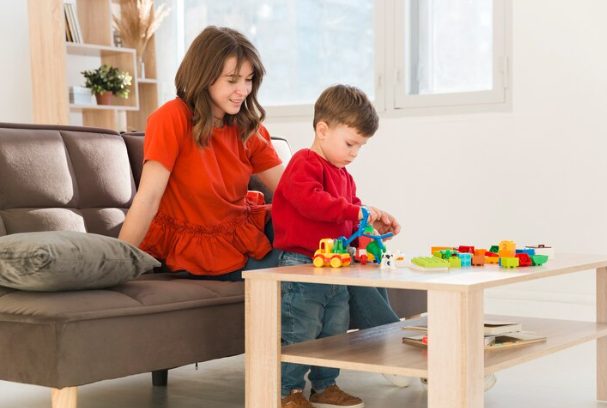
Applied Behavior Analysis (ABA) therapy has become one of the most widely used and researched approaches for supporting children with Autism Spectrum Disorder (ASD). It applies principles of learning theory and behavior management to shape socially significant behaviors. Through positive reinforcement, modeling, prompting, and other techniques, ABA therapists work to increase communication, social, and everyday living skills while reducing challenging behaviors.
Research has demonstrated that ABA can be an effective intervention in improving outcomes for many children with ASD when individualized and delivered at an appropriate intensity. Ultimately, the goals of any ASD therapy should emphasize nurturing individual strengths, autonomy, and dignity to enable children to lead full, meaningful lives within society.
According to the findings of a research study, early childhood implementation of comprehensive and long-term ABA interventions demonstrated a notable and positive impact on various aspects. These include –
- Language development
- Intellectual functioning
- Acquisition of daily living skills, and
- Social/Group Functional Skills
In this blog, we will explore the fundamentals of Applied Behavior Analysis (ABA) therapy for children with autism. Additionally, we will also discuss reasonable outcomes that parents can expect as their child progresses through ABA therapy to lead a more fulfilling life.
Nurturing Growth Through ABA: An Individualized Approach for Children with ASD
At Early Autism Services (EAS), we ground our ABA therapy in the compassionate understanding of each child’s unique needs and strengths. We begin by identifying skills that are challenging for the individual child, then break down the larger skills into manageable components that set the child up for growth. Throughout the therapy, we offer clear instructions, guidance, and plenty of positive praise and reinforcement for achievements, no matter how small. Progress is celebrated!
The ultimate goal is to equip children with tools that foster greater independence and confidence to communicate, learn, and participate more fully in life’s activities. Parents are integral partners in shaping the therapy goals and direction. Maintaining realistic expectations of the pace and outcomes of therapy is important. Our aim is to nurture the incredible talents within each child and help them shine even brighter through sensitivity, encouragement and support.
Read more about ABA and how it can help your little one.
ABA Therapy | Potential Benefits & Expected Outcomes with Early Autism Services
The potential benefits of ABA therapy for children with autism are profoundly life-enhancing. Through individualized programs, children can make significant strides when it comes to their communication and social skills, self-regulation abilities, and confidence to participate in academics and activities. We are continually awed by the progress made when caring ABA therapists at Early Autism Services (EAS) collaborate with families to nurture each child’s unique growth!
- Early Intervention – Research shows that early and consistent ABA intervention sets the stage for improved outcomes in the long run. However, it is never too late to start. Our goal is to equip children with tools to navigate daily life more smoothly while recognizing their accomplishments, both great and small. ABA therapy can foster friendship-building, classroom involvement, independent learning and living skills—paving the way for brighter futures.
- Individualized ABA Therapy – At Early Autism Services, our expert team appreciates and acknowledges what a monumental decision choosing therapy for your child can be – we aim to provide a gold standard of care backed by rigorous training and expertise tailored specifically for your child. Maintaining realistic expectations while celebrating every milestone along the journey with hope and encouragement is our privilege.
- Progress Through Support – EAS not only focuses on the immediate goals of therapy but also emphasizes the long-term well-being of children with ASD. By providing comprehensive support and resources, such as regular communication, access to continous data collection strategies, home visits, parent observations, 1:1 attention, multidisciplinary approachEAS equips parents with the tools and knowledge necessary to actively participate in their child’s development. The positive and nurturing environment at EAS fosters a sense of community, making it a trusted partner for families navigating the challenges of autism.
With Early Autism Services, parents can rest assured that their children are in capable hands, receiving the support they need to thrive.
As a leading provider of ABA therapy and occupational therapy, our dynamic team consists of numerous highly skilled behavior therapists, board-certified behavior analysts, and dedicated occupational therapists. Each member shares a passionate commitment to supporting children with autism and their families on their journey toward growth and development.
Small Steps, Big Difference: How EAS Helps Build Independent Futures
Early Autism Services’ (EAS) expert team of behavior analysts individualizes ABA therapy to nurture each child’s unique growth. We use a variety of positive reinforcement techniques to motivate children as they develop new skills. It is so rewarding to see children light up with accomplishment when they achieve the goals we structure therapy sessions around!
Moreover, out children-centric programs, goals, and therapy approaches are thoughtfully tailored to suit each child’s needs. Sessions can take place in the home, school, or our center, ensuring consistency across all environments. We find that this level of personalized collaboration between our behavior analysts, parents, and caregivers leads to the best results.
ABA therapy involves dedication and hard work, but we could not be more amazed by the tremendous strides children as well as parents make one step at a time. Our ultimate hope is for each child to gain confidence in practicing emerging life skills that pave the way to greater independence.
At Early Autism Services, we see it as our privilege to nurture and empower children on the autism spectrum through individualized ABA therapy. By celebrating each accomplishment along the way, we focus on recognizing children’s potential to live a more fulfilling life and assisting them every step of the way!
We would be honored to learn more about your little one’s unique needs and how we can thoughtfully support them on their journey. Our team is ready to partner with you to craft an ABA program tailored specially for them. We encourage you to reach out so we can discuss how our approach guides children steadily forward.
So, get in touch with us today to explore how by working hand-in-hand, we can nurture meaningful growth for your child over time. Let’s get the conversation started; schedule a free consultation call right away with one of our expert clinicians: +91 89291 53820




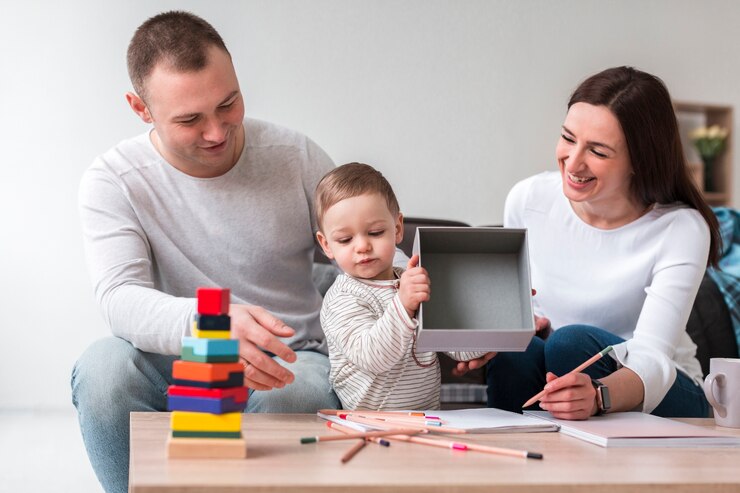






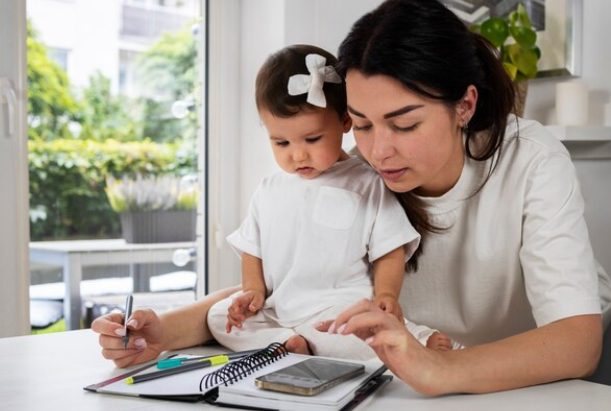




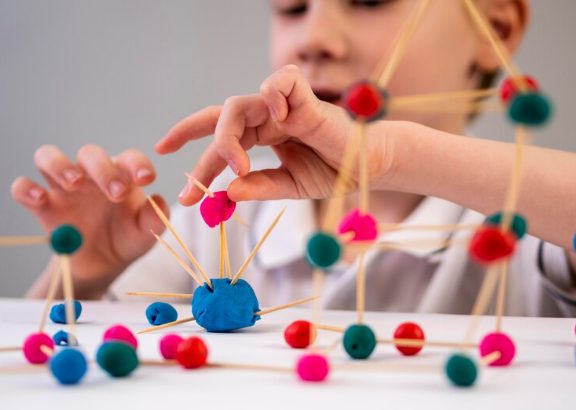




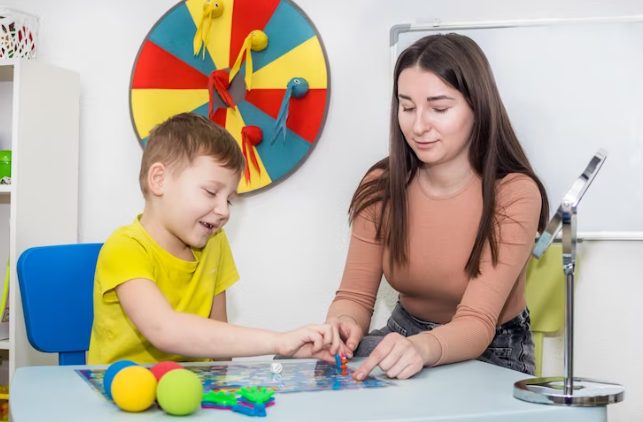
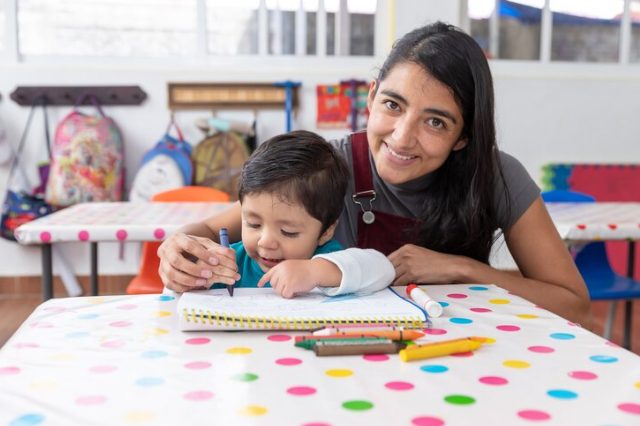

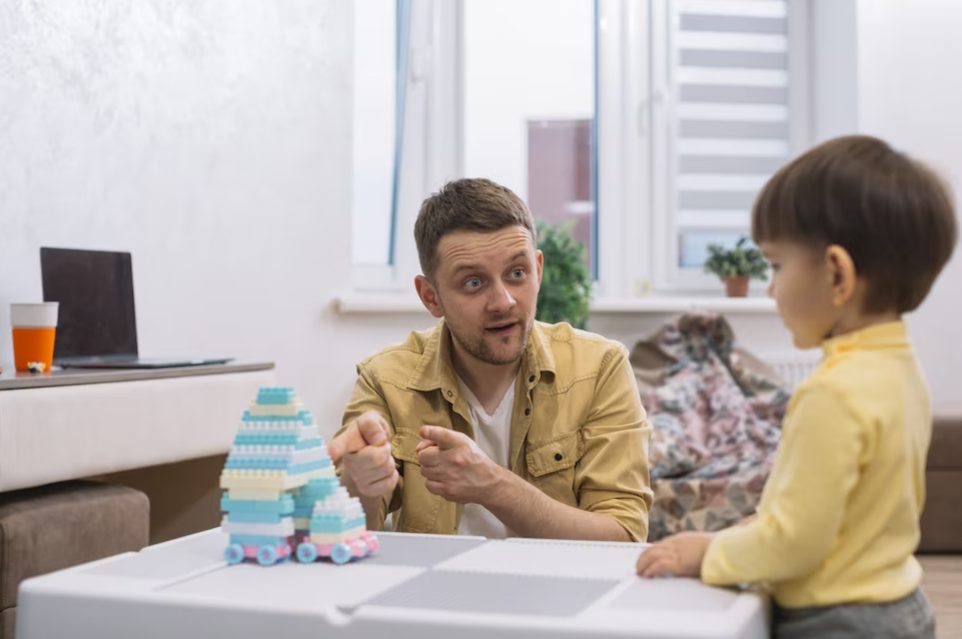

 During cognitive behavioural therapy sessions, your child works hand in hand with trained behaviour analysts, such as those at
During cognitive behavioural therapy sessions, your child works hand in hand with trained behaviour analysts, such as those at






Recent Comments